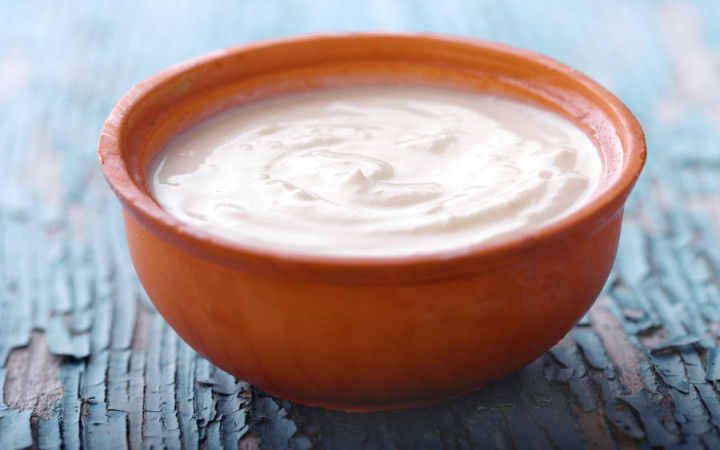Whew! It's a warm afternoon after school and you've just finished playing in the backyard with your friends. You head inside to see what treats might be hiding in the refrigerator. You want something cool that's also sweet and creamy. And there it is! On the top shelf sits the perfect snack. What are we talking about? Yogurt, of course!
With a rich, creamy texture that's full of flavor, yogurt is a favorite treat of kids all around the world. Whether it's plain yogurt or a fruity flavor, such as strawberry, banana, or raspberry, yogurt offers a healthy alternative that parents will approve of.
If you've ever helped to pick out your favorite flavor of yogurt at the grocery store, you probably noticed that yogurt can usually be found in the dairy section. That makes perfect sense, since the primary ingredient in yogurt is milk.
In the United States, yogurt is usually made with cow's milk. In other parts of the world, however, milk from other animals might be used, including sheep, goats, and camels. Yogurt is made by adding certain bacteria to milk in a carefully-controlled environment and allowing it to ferment. The fermentation process gives yogurt its consistency and tangy flavor.
For example, the bacteria used to create yogurt are Streptococcus thermophiles and Lactobacillus bulgaricus. When added to fresh milk and heated, these bacteria convert the sugar (lactose) in the milk into lactic acid. The lactic acid thickens the milk and gives yogurt its tangy flavor.
The longer the bacteria are allowed to ferment, the thicker and tangier the yogurt will be. Sometimes other bacteria, such as Lactobacillus acidophilus, are added to enhance flavor and provide additional health benefits.
When the desired consistency and flavor are attained, the yogurt is cooled. At this point, sweeteners and flavorings can be added. Gelatin may also be added to create a creamier texture.
Yogurt earns its reputation as a healthy snack by being high in protein and minerals. It's also a good food for people who are lactose intolerant, since it contains a special enzyme that breaks down lactose in the intestines. Since yogurt can be made in regular, low-fat, and non-fat varieties, you can choose a specific yogurt that meets your goals for daily fat intake.



